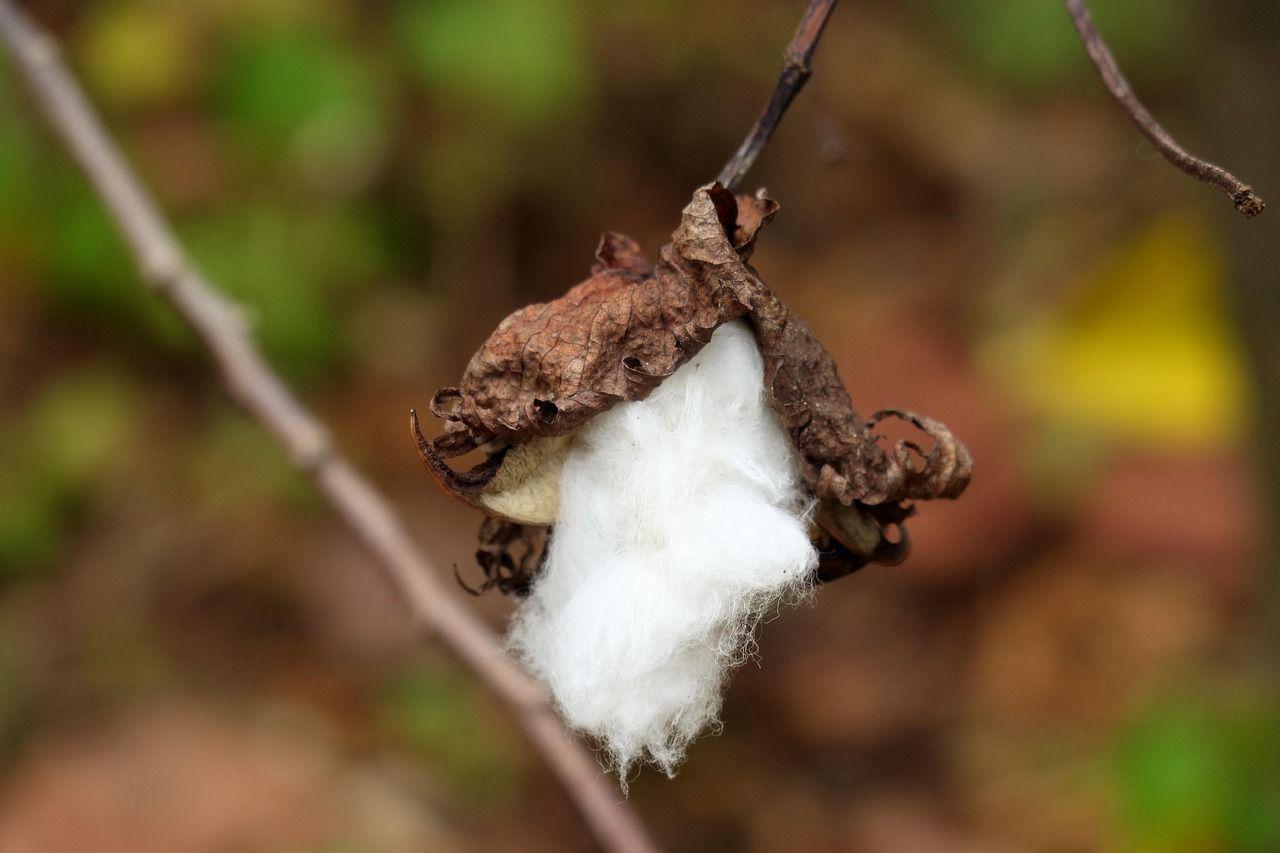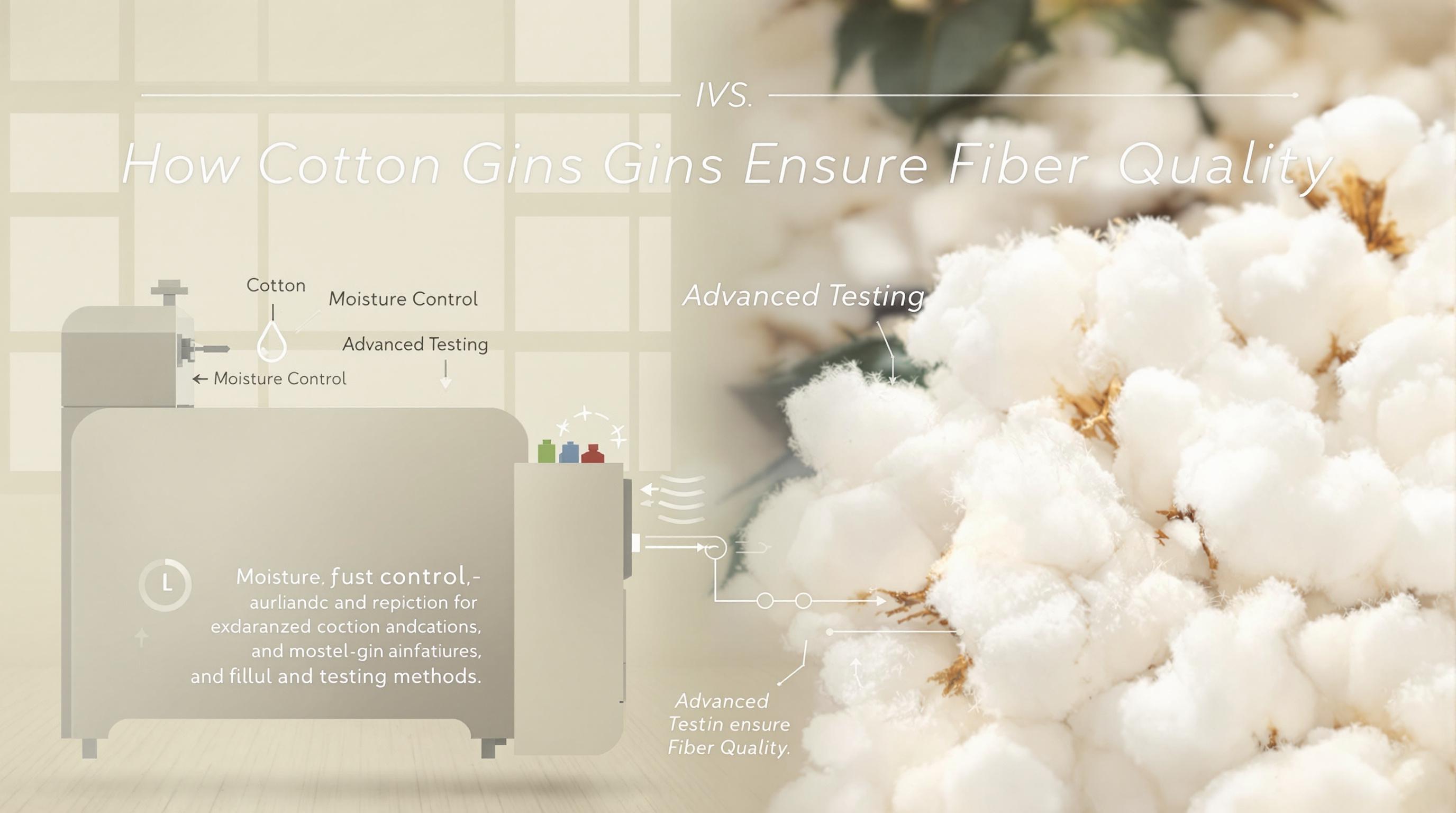Cotton has been a defining force in Tennessee's agricultural landscape, economy, and social history since the early 19th century, transforming vast swaths of the state's western regions into productive fields that fueled national and global markets. Introduced as a cash crop in the fertile river valleys of West Tennessee around 1821, cotton quickly rose to prominence with the aid of Eli Whitney's cotton gin, becoming synonymous with the region's prosperity and, tragically, its reliance on enslaved labor. By the mid-1800s, Tennessee ranked among the top cotton-producing states, with output peaking at over 1 million bales in the pre-Civil War era. The industry weathered devastating blows from the Civil War, Reconstruction, the boll weevil infestation, and economic depressions, but innovations in mechanization, pest control, and sustainable practices have sustained it into the modern day. In 2024, Tennessee harvested 250,000 acres of upland cotton, yielding 1,052 pounds per acre and producing 548,000 bales, ranking eighth nationally and contributing significantly to the state's $4 billion agricultural economy. This post explores the rich tapestry of cotton's history in Tennessee, from its humble beginnings to its resilient present, highlighting the innovations, challenges, and human stories that have shaped this iconic crop.
Cotton's Early Years in Tennessee
Cotton's arrival in Tennessee marked the beginning of a profound economic shift, particularly in the western part of the state, where fertile soils and river access created ideal conditions for cultivation.
First Cotton Farms
Cotton cultivation in Tennessee traces its roots to the early 19th century, when settlers began experimenting with the crop in the newly opened lands of West Tennessee. The first recorded cotton production occurred in 1821 in Madison County, where farmers grew small plots and imported the region's first cotton gin from Nashville. Prior to this, cotton was not an indigenous crop in Tennessee, nor was it widely grown by early settlers in the mountainous East Tennessee region, where the terrain favored other staples like corn and tobacco. In Middle and East Tennessee, small-scale farming focused on subsistence, but West Tennessee's flatlands and proximity to the Mississippi River made it a natural extension of the Southern Cotton Belt.
Early farms were modest, often family-operated, and integrated cotton with other crops. Native American tribes, such as the Chickasaw and Choctaw, who had been displaced to the area, also influenced early practices, bringing knowledge from their southeastern origins. By the 1820s, communities like Jackson and Memphis emerged as hubs, with cotton serving as a key commodity for trade. The Memphis Cotton Exchange, established later but rooted in these early efforts, became a central marketplace where farmers sold their harvests to traders. These initial plantings laid the groundwork for what would become a booming industry, as settlers recognized the crop's potential for profit in the rich alluvial soils along the Tennessee and Mississippi rivers.
Rise as a Major Crop
The invention of Eli Whitney's cotton gin in 1793 had a ripple effect that reached Tennessee by the early 1800s, dramatically increasing the efficiency of separating seeds from fibers and making short-staple cotton viable for large-scale production. This technological breakthrough spurred rapid expansion, with production growing from negligible amounts in the 1810s to over a million acres by the mid-19th century. In West Tennessee, counties like Obion and Lake became early centers, with farms like the J.W. Parks farm in Tiptonville exemplifying the era's operations, complete with mule teams for plowing.
By the 1830s, cotton had eclipsed other crops, driven by global demand for textiles. The state's output surged, with exports flowing down rivers to markets in New Orleans and beyond. Publications like Niles' Register noted in 1824 the growing importance of Tennessee cotton, highlighting its quality and volume. This rise was not without displacement; the forced removal of Native Americans under policies like the Indian Removal Act opened vast lands for cotton plantations. The crop's ascent intertwined with Tennessee's economic development, fostering towns, infrastructure, and a planter class that wielded significant influence.
Pre-Civil War Cotton Industry
Before the Civil War, cotton dominated Tennessee's economy, particularly in the west, where it created wealth but also deepened social divisions.
Plantation Growth
The antebellum period saw explosive growth in cotton plantations, especially in the fertile "Black Belt" soils of West Tennessee. By 1860, the state produced hundreds of thousands of bales annually, ranking high among Southern states. Plantations sprawled along river valleys, with Memphis emerging as a global cotton hub, handling shipments that rivaled those of major ports. The high-quality cotton from areas near Memphis fetched premium prices, thanks to the region's loess soils and mild climate.
Infrastructure supported this boom: Rivers like the Tennessee and Mississippi provided cheap transport, while early railroads connected inland farms to markets. Counties such as Rhea, with areas like Cottonport on the Tennessee River, thrived as shipping points before the war. By the 1850s, Tennessee's cotton output contributed significantly to the U.S. total, which accounted for 75% of the world's supply, underscoring the state's role in the "cotton kingdom."
Slavery in Cotton Production
Cotton farming in pre-war Tennessee was inextricably linked to slavery, with enslaved labor forming the backbone of the industry. The enslaved population in Tennessee grew dramatically, from around 107,000 in 1790 to over 275,000 by 1860, concentrated in West Tennessee, where cotton demanded intensive hand labor for planting, tending, and harvesting. Workers were expected to pick 150-400 pounds daily under harsh conditions, and the cotton gin's efficiency only increased the demand for more enslaved people to expand acreage.
The domestic slave trade funneled thousands from Upper South states like Virginia and Maryland to Tennessee's plantations, turning Memphis into a notorious center for this commerce. Laws treated enslaved individuals as property, restricting their freedoms and perpetuating a system that enriched planters while exploiting human lives. This era's legacy is profound, as cotton's profits shaped Tennessee's political stance, aligning it with the Confederacy despite internal divisions.
Civil War and Recovery
The Civil War upended Tennessee's cotton industry, causing widespread disruption and forcing a painful reconstruction.
Civil War Effects
Tennessee, a border state, was a battleground during the war, with major conflicts like Shiloh and Stones River ravaging cotton fields and infrastructure. Union blockades halted exports, while Confederate policies prioritized food crops over cotton, leading to a sharp decline in production. Plantations were abandoned or destroyed, and illicit trade in Memphis saw cotton sold for low prices in Confederate areas but high in Union-controlled zones.
By war's end in 1865, output had plummeted, and the industry lay in ruins. Fifty years later, Tennessee's production still lagged behind pre-war levels, illustrating the long-term devastation. The conflict not only destroyed physical assets but also dismantled the labor system that had sustained cotton farming.
Post-War Labor Changes
Emancipation in 1865 freed over 275,000 enslaved people in Tennessee, shifting the industry to sharecropping and tenancy, where former slaves and poor whites farmed land for a portion of the crop, often mired in debt. Recovery was gradual, with federal programs like the Freedmen's Bureau providing limited aid. By the late 1800s, production rebounded, but yields remained low due to soil depletion.
The New Deal's Agricultural Adjustment Act in the 1930s offered subsidies to reduce acreage and stabilize prices during the Great Depression. Innovations like fertilizers and better seed varieties helped, but labor shortages persisted until mechanization took hold. This period marked a transition from labor-intensive to more efficient farming, setting the stage for 20th-century revival.
1900s Industry Changes
The 20th century brought booms, busts, and technological leaps to Tennessee's cotton sector, reshaping it amid pests, economic crises, and modernization.
Cotton production peaked in the early 1900s, with over a million bales annually, but faced severe challenges. The boll weevil, arriving in Tennessee around 1910, devastated crops, causing losses of up to 50% in infested areas and costing producers millions in control efforts. The pest reduced yields and forced farmers to diversify or abandon fields, with economic impacts lingering for decades.
The Great Depression compounded issues, with prices crashing and farms foreclosing. Child labor was common in fields and gins until labor reforms. However, the Boll Weevil Eradication Program, launched in the 1980s and completed in Tennessee by the early 2000s, used malathion sprays and monitoring to eliminate the pest, saving farmers $26 per acre in insecticide costs.
Mechanization revolutionized the industry: Tractors, mechanical pickers (patented in the 1930s), and strippers replaced hand labor, allowing one farmer to manage hundreds of acres. Post-World War II, synthetic fibers competed, but Tennessee adapted with research from the University of Tennessee's Agricultural Experiment Station, focusing on varieties and pest-resistant seeds. By the 1970s, irrigation and no-till methods boosted efficiency, with 52% of cotton grown no-till by recent years. These changes concentrated production in West Tennessee counties like Haywood and Crockett, sustaining the crop through volatility.
Cotton Farming in Tennessee Today
Contemporary cotton farming in Tennessee combines cutting-edge technology with sustainable practices, ensuring the crop's viability in a changing climate.
Modern Farming Methods
Tennessee farmers employ precision agriculture, using GPS-guided tractors, drones for pest monitoring, and data analytics for optimal planting and harvesting. No-till and conservation tillage, adopted on over 52% of acres, reduce erosion and improve soil health, while cover crops enhance fertility. Irrigation has increased, though most cotton (about 76%) remains non-irrigated, relying on the region's rainfall.
Genetically modified seeds resist pests like plant bugs and glyphosate-resistant weeds, minimizing chemical use. The University of Tennessee's variety trials, such as those in 2024, guide farmers on high-yielding strains adapted to local conditions. Sustainable initiatives, like those from the West Tennessee AgResearch and Education Center, emphasize water management and biodiversity, addressing challenges like heavy rainfall that reduced 2024 production by one-third.
Tennessee's Place in the U.S. Cotton Market
In 2024, Tennessee planted 265,000 acres of upland cotton, harvesting 250,000 with yields of 1,052 pounds per acre, producing 548,000 bales and ranking eighth nationally. The crop generates substantial revenue, part of $2.7 billion in agricultural exports in FY 2024, though down 10.4% from prior years due to market pressures. Projections for 2025 show a 14.5% drop in U.S. acreage to 9.6 million, with Tennessee following suit amid economic strains.
West Tennessee drives production, with counties like Gibson and Dyer leading. The state focuses on quality for textiles and exports, supported by cooperatives and gins. Challenges include weather variability and global competition, but Tennessee's role remains vital, contributing to rural economies and jobs in ginning, transportation, and related sectors.
Conclusion: Tennessee's Cotton History and Future
Tennessee's cotton saga—from its 1821 origins in Madison County to antebellum dominance, Civil War devastation, boll weevil battles, and modern technological triumphs—reflects a story of adaptation and endurance. Key milestones include the cotton gin's transformative impact, slavery's tragic foundation, post-war sharecropping shifts, and the successful boll weevil eradication that restored viability. Despite declines in acreage, the industry has persevered through mechanization and research, honoring its roots while evolving.
Looking ahead, precision farming, sustainable methods, and climate-resilient varieties will be crucial amid projections of reduced planting in 2025. As Bob Hutmacher might note in similar contexts, water and pest management remain pivotal. With strongholds in West Tennessee and ongoing innovations, cotton is poised to remain a cornerstone of the state's agriculture, blending tradition with forward-thinking strategies for a sustainable future.


